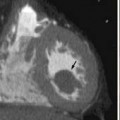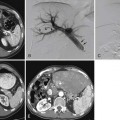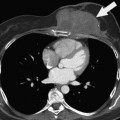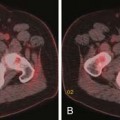Chapter 3 A Multidisciplinary Approach to Cancer
A Medical Oncologist’s View
Epidemiology
As medicine, nutrition, and improved sanitation continue to further extend the average life expectancy, more people are surviving long enough to develop a malignancy. Thankfully, this is being tempered with an overall decrease in incidence and mortality from the most common cancers.1
The Rationale for Chemotherapy
Most cancers have 20% to 40% of cells in active cycling at any one time, which explains why the doubling time for a tumor is significantly longer than the cell cycle. Tumor growth would be exponential if all cells were dividing or constant if the fraction of actively cycling cells remained fixed; however, this does not correspond to clinically observed tumor doubling time. In 1825, Benjamin Gompertz described the nonexponential growth pattern he observed of disease in cancer patients. He noted the doubling time increased steadily as the tumor grew larger, a phenomenon now described as Gompertzian growth. This has been postulated to occur owing to decreased cell production, possibly related to relative lack of oxygen and of growth factors in the central portion of the large mass.2 A smaller tumor, conversely, would have a larger portion of actively cycling cells and, thus, be potentially more sensitive to cytotoxic chemotherapy.
Cytotoxic chemotherapy has the ability to kill more cancer cells than normal tissue, likely due to impaired DNA damage repair mechanisms in the former. This is relevant because most cytotoxic agents damage actively cycling cells. Typically, the more aggressive the cancer, the higher the proportion of its tumor cells that are in active phases of cell cycle.
Early studies of the ability of chemotherapy to kill cancer cells were conducted on leukemia cell lines in the 1960s.3 These studies noted log-kill kinetics, meaning if 99% of cells were killed, tumor mass would decrease from 1010 to 108 or from 105 to 103. The fraction of cells killed was proportional, regardless of tumor size; thus, even though a given treatment would appear to have eradicated the tumor, both clinically and radiographically, there would be a high probability of residual cells that would eventually proliferate and show up as a clinically evident tumor (relapse). One explanation for the achievement of sustainable complete remission following this argument would be that other factors such as host immune response may be important at low levels of residual tumoral cells.4









